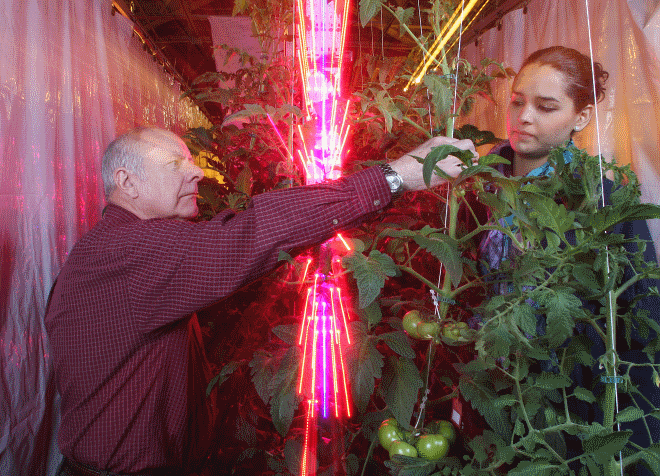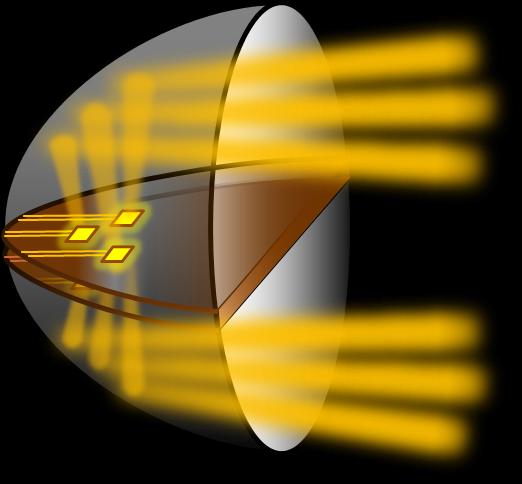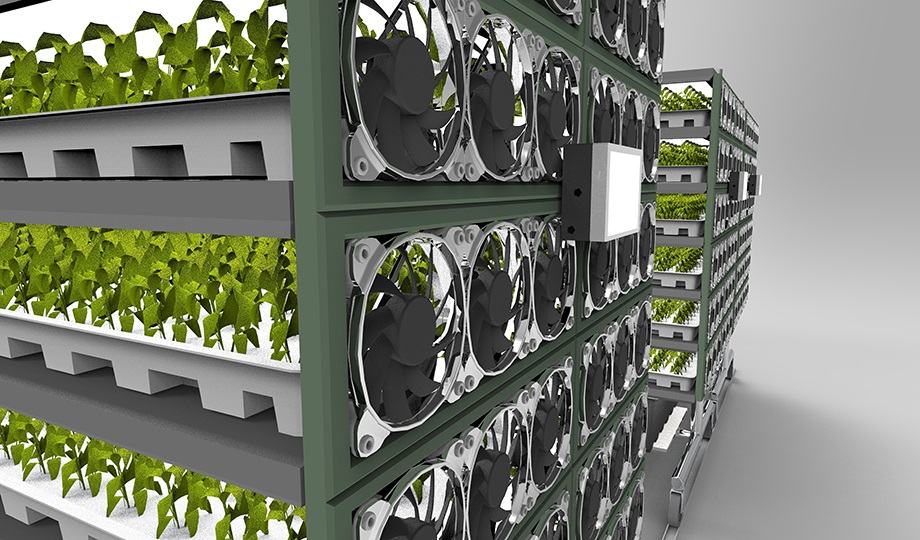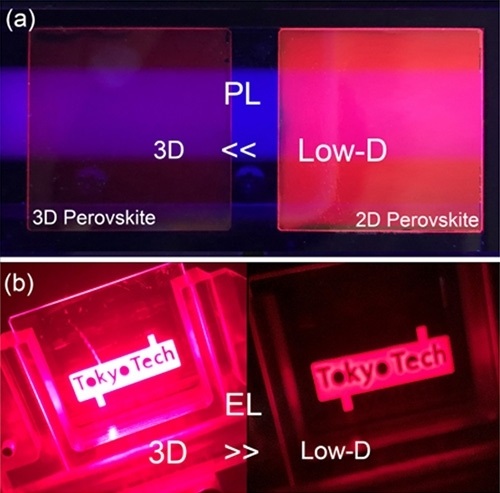April 29, 2013
WEST LAFAYETTE, Ind. - Tomatoes grown around LED lights in the winter can significantly reduce greenhouse energy costs without sacrificing yield, according to a Purdue University study.
Cary Mitchell, a professor of horticulture, said the average tomato is shipped about 1,500 miles from warmer climates where they're grown to cooler climates that cannot produce the fruit cost-effectively in the winter. That journey is costly, however, because tomatoes are picked green and ripen during shipping, decreasing quality and flavor. The lengthy shipping distance also adds to the industry's carbon footprint.
"It makes it really hard for the greenhouse industry to grow tomatoes well in the offseason. We're trying to change that and make it affordable," Mitchell said.
Energy costs drive up prices for producers who might want to grow tomatoes in greenhouses in states that have winters inhospitable to growing food. Greenhouses must be heated, and shorter, overcast days require costly lighting.
Mitchell and doctoral student Celina Gómez experimented with light-emitting diodes, which are cooler and require far less energy than traditional high-pressure sodium lamps used in greenhouses. They got the same yield - size and number of fruit - with high-pressure sodium lamps and LED towers, but the LEDs used about 25 percent of the energy of traditional lamps.
The scientists think that the method could have other advantages because the cooler LEDs can be placed much closer and along the sides of plants, lighting not only the top, but also the understory.
"The leaves are photosynthesizing on the lower parts of the plants, and that may be helping with the plant's energy," Gómez said. "We're getting the high intensity of the LEDs close to the plants because they're not hot like a high-pressure sodium lamp. If you put one of those close to the plants, you'd scorch it."
The heat from high-pressure sodium lamps account for about 15 percent to 25 percent of the heat needed to warm greenhouses, but Mitchell said that's inefficient.
"That's a very expensive way to heat a greenhouse, through lighting," Mitchell said.
Mitchell said the goal of his research is to reduce prices to the point where local growers could compete with the prices of tomatoes that are shipped from faraway places. Local tomatoes would be harvested vine ripe, would taste better and would boost local economies.
"The United States still imports one-third of its tomatoes from Mexico and Canada, as well as other countries," Mitchell said. "This technology could allow U.S. growers to create local jobs that shrink carbon footprints and produce better-tasting tomatoes."
Future studies include comparing LED-lit tomatoes with traditionally grown tomatoes for flavor.
Mitchell and Gómez' results were published in the journal HortTechnology. The Specialty Crop Initiative of the U.S. Department of Agriculture's National Institute of Food and Agriculture funded this study.















